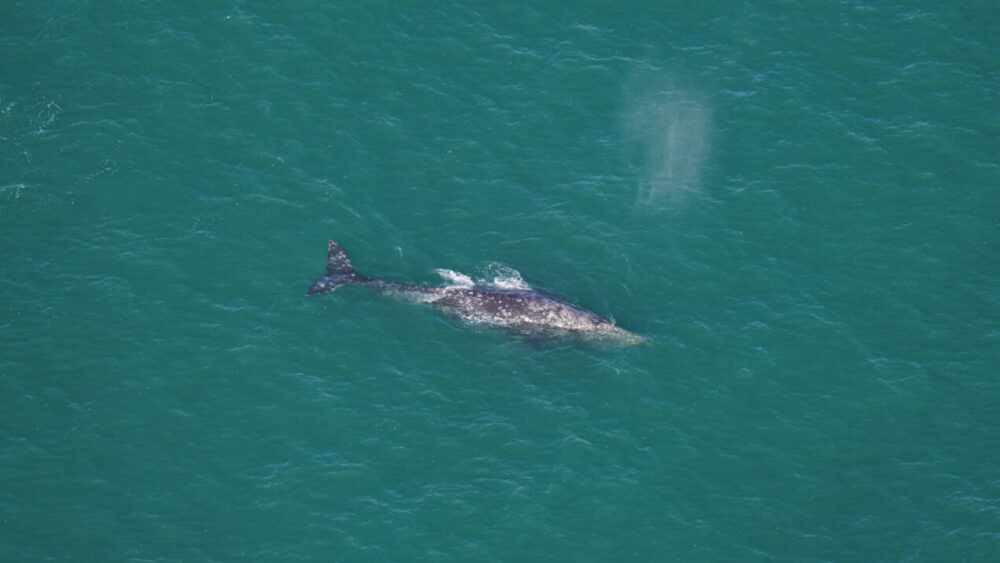This team filmed the sea floor under frozen Antarctica — and we’re blown away by the amount of life they found
In 2018, it’s hard to imagine a place on Earth where intrepid pioneers haven’t touched, climbed or snapped a photo. There are few frontiers left. Naturally, one is under Antarctica, the “coldest, harshest and most remote continent on earth.”
BBC America’s The Blue Planet: A Natural History of the Oceans series, which streams on Netflix, gives us all a look at the sea life deep underneath this icy continent. The second episode in the season, called “The Deep,” takes viewers on an incredible tour revealing the abundance of life in the pitch-black darkness.
“We know more about the surface of Mars than we do about the deepest parts of our seas,” according to the episode’s trailer:
The team from Alucia Productions (soon to be OceanX Media) took advanced submersibles 3,280 feet below Antarctica’s sea ice. These cameras provided the team with spectacular visibility because the seals are acrylic and seven inches thick, according to Mashable. Previously, nobody had explored these ocean waters at this depth.
As Mashable explained, Mark “Buck” Taylor led the expedition on the Alucia, a research vessel, and kept his expectations reasonable. Little did researchers know that an incredible ecosystem teeming with life awaited them in the depths.
https://www.instagram.com/p/BgJfcxcljKB/?hl=en&taken-by=bbcamerica
“Within a square yard there is more life in the deep of the Antarctica than there is in the reefs of the Barrier Reef of Australia,” Taylor shared. (For context, the Great Barrier Reef has over 1,625 types of fish, 600 types of corals, 500 species of worms, and 100 species of jellyfish!)
Even small parts of the ecosystem are significant. For example, one of the first things the teams saw in the video clip below is “marine snow.” As scientist Jon Copley explained, this organic material floated down and collected on the sea floor. It fed many other organisms and contributed to the incredible biodiversity.
As the team continued exploring and filming, they described the depths as a “living carpet” and a living landscape. The oxygen-rich water at these depths enabled the wide variety of sea life, like the Antarctic sun sea star, to live, Copley explained. Shaped somewhat like a overgrown starfish with over 50 arms covered with pinchers to ensnare food, the explorers affectionately call this creature a “Death Star.”
The Antarctic sun sea star is not an abnormality. Exploring the deep ocean is somewhat like traveling back in time 250 million years to the period when invertebrates, like squids and jellyfish, dominated, Copley said.
Our Blue Planet, a digital project to explore the oceans, is a collaboration of Alucia Productions powered by OceanX and BBC Earth. It aims to spread awareness and create conversations about the world’s oceans.
It is pure exploration, and we can all join in with a front-row seat from the comfort of our couches and keep the conservation conversation going.
You can watch the fascinating clip from Our Blue Planet here:






